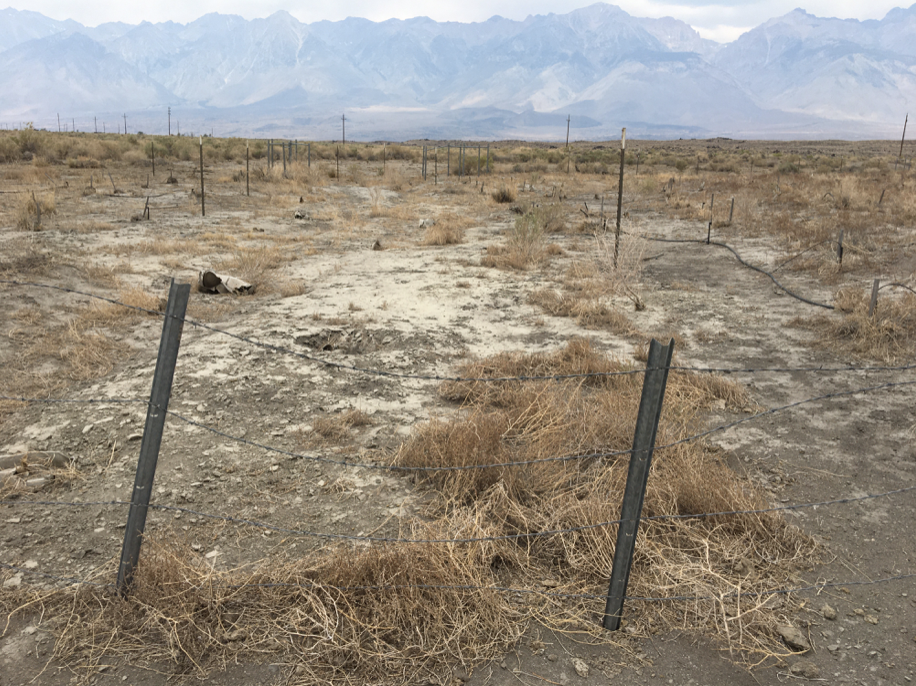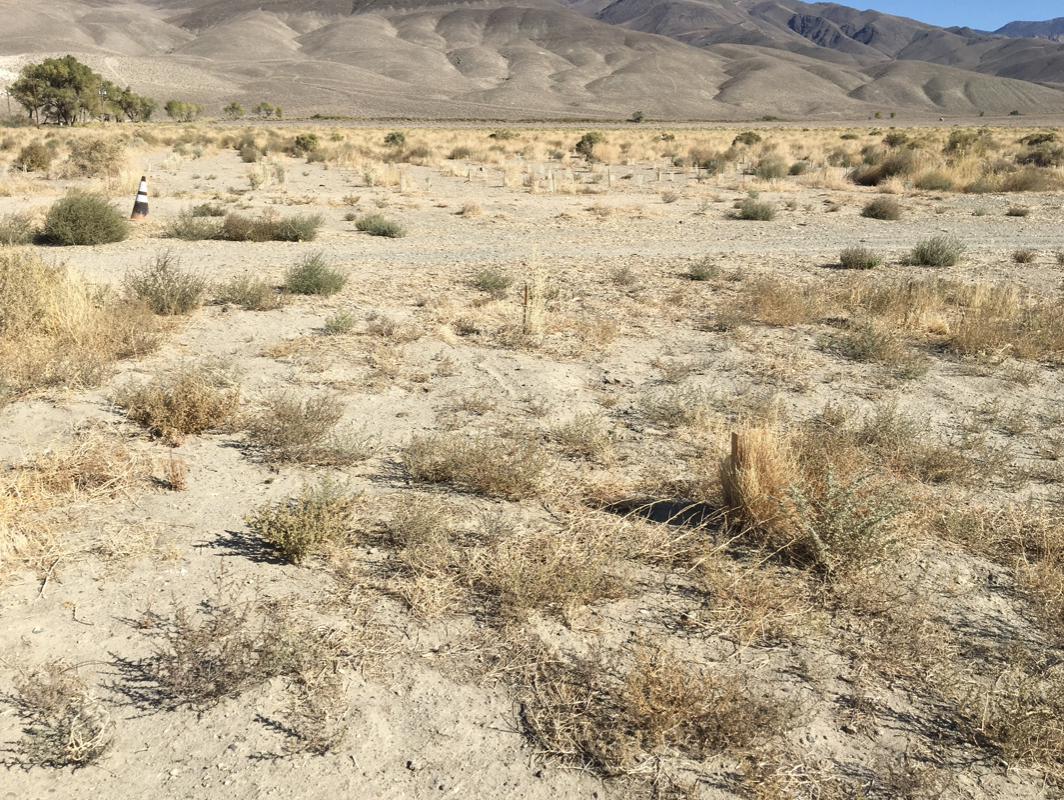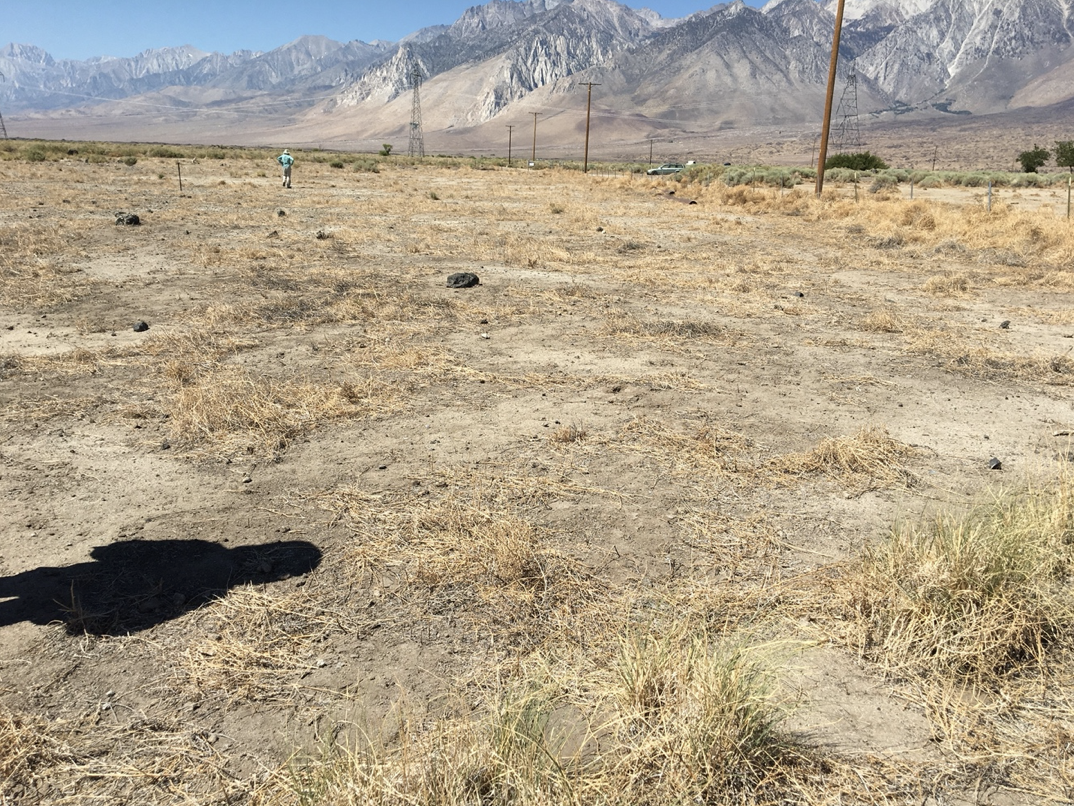LADWP’s Still Working on the 1991 EIR Mitigations
It has been 24 years since the 1991 Environmental Impact Report (EIR) officially took effect. In June 1997 the California Third District Court of Appeals discharged the 1972 writ that had ordered the Los Angeles Department of Water and Power (LADWP) to prepare an EIR on their groundwater gathering activities to fill the Second LA Aqueduct. The 1991 EIR identified projects that would mitigate some of the damage done to the environment in the Owens Valley after excessive groundwater pumping in the 1970s and 1980s. LADWP started groundwater pumping in the Owens Valley in 1971 to fill the second barrel of the LA Aqueduct. That groundwater pumping caused at least 655 acres of groundwater dependent vegetation to die off and all but one of the major springs in the valley to dry up. Many natural alkali meadows in the Owens Valley have been lost. By 2008 a final list of 64 mitigation projects emerged following an MOU, several court orders, a CEQA project, and MOU party agreements. Where do we stand with these projects today?
Different types of mitigation projects were created. Many were quickly completed and have been a great benefit to Owens Valley communities, such as providing water and/or funding for Diaz Lake, a park in each town, two woodlots, the grounds at the Eastern California Museum, lawn at the Laws Museum, the Millpond Recreation Area, two fish hatcheries, and irrigation for ranchers.
Others, like the revegetation projects are incomplete. These projects were to provide habitat for wildlife or to reduce the dust of abandoned agricultural fields. These revegetation mitigation projects take a variety of forms. Some mitigation projects created ponds. Some pipe water to the start of spring channels to simulate the natural springs that dried up. Some grow shrubs on land that had turned to dust when LADWP revoked irrigation water or dropped the water table below the root zone. A few were to restore 80 acres of alkali meadows. For almost all the mitigation projects, the water comes from groundwater. This “fix” of using pumped water for mitigating impacts of past pumping is part of the problem.
Vegetating Abandoned Agriculture Parcels/Lost Alkali Meadows
The revegetation projects are the main ones that have not been completed after all these years. Although only an eighth or less of the acreage damaged is to be revegetated, these projects have been the most difficult to complete because LADWP “revegetates” with as little water as possible and without letting the water table rise to the root zone. Plants need water to grow, obviously. We are still waiting for the 80 acres of meadows to be restored and bare ground to be covered in shrubs, not weeds.

(Above: A mitigation site that is supposed to be restored to the alkali grasses it was before groundwater pumping. It was fenced in to keep cattle out and a drip system was put in.)
Most of the revegetation projects for abandoned “ag” lands have been planted over and over again as LADWP experimented with dry planting, dry seeding, and types of drip systems needed to get upland shrubs established. Drip systems with buried hose finally worked. However, most revegetated areas didn’t receive enough water through the drip system to thrive and are poor substitutes for what once grew there. They do not meet the mitigation goals set forth in the 1991 EIR and subsequent documents. In some cases, LADWP planted shrubs in rows and created a near monoculture assuming other native species will move in over the next 50 years making it a more natural ecosystem. These are the projects that have so far taken decades—not only for lack of effort, but for lack of sufficient water.

(Above: This parcel was used for irrigated agriculture but is no longer irrigation. It became bare and then was replanted with rows of shrubs that won’t need water once they are established. However, they have not been established yet and most of the plants you see is tumbleweed. A drip system was installed, but obviously not enough water was provided.)
LADWP admits there are 13 projects that have not been completed and Inyo County is in discussions with LADWP on some others. The Range of Light Group and the CNPS Bristlecone Chapter are currently looking into each mitigation measure and assessing its status. It is safe to say that after 24 years for some and 13 years for others, it is time to complete them all.
We encourage people to visit these places (click here for a map) and see for yourself. If you are interested in a tour, please contact us at rangeoflight.sc@gmail.com.
Lynn Boulton

( Above: LADWP didn’t think this parcel needed a drip system, that it would grow back without water.)